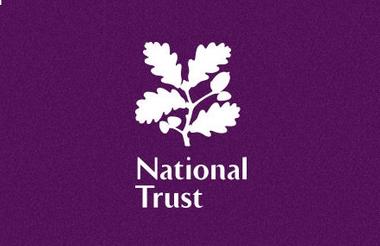The National Trust raised a record £110m in donations last year, while its costs increased by £141m, according to recently filed documents.
Accounts for the year ended 28 February 2023 show the conservation charity’s total expenditure rose by 24% to £733m, driven by inflationary pressures, record investment in conservation, an increase in visitor numbers and associated costs.
Meanwhile, the charity’s overall investment portfolio fell by £49m to £1.57bn after several of its funds reported negative returns.
Record year for fundraised income
The National Trust said in its accounts that 2022-23 was “a time of renewal but against a challenging backdrop of high inflation and a cost-of-living crisis”.
Overall, its total income reached £682m, an increase of £38.6m on the previous year, against total expenditure of £733m.
“The largest area of cost growth was in property operating costs (up £94.1m) as 2022–23 saw the first full year of trading activity for our properties following the end of social-distancing restrictions,” the accounts read.
It invested a record £179.6m in conservation, which equates to 65% of its total project spend of £279m.
The charity exceeded its fundraising target of £95.4m, with an income of £110m and an additional £6.7m generated through its trading subsidiary, the National Trust (Enterprises) Ltd.
The increase in fundraising income was mostly boosted by legacies exceeding £70m for the first time.
Rising costs and inflation resulted in the charity’s operating margins, “which shows the contribution of our normal operating activities to the funding of our conservation projects and acquisitions”, falling from £177.5m to £108.2m.
“The reduction in the operating margin of £69.3m represented income growth of £24.8m (the biggest component being income from our property trading activities) offset by operating cost growth of £94.1m,” the accounts say.
Membership fees rise
Membership has “remained stable” at the National Trust, the charity said, but it has increased fees for 2023-24.
It ended 2022-23 with 5.73 million members, just above the 5.71 million members in 2021–22 but less than the charity’s target of 5.9 million.
Its membership income fell to £277m in 2022-23, compared with £280m in 2021-22 and £268m in 2020-21.
Some 24.1 million people visited pay-for-entry places, which was below the charity’s target of 25.1 million – “as the effects of the pandemic lingered for longer than we anticipated” – but 3.6 million more than in 2021–22.
“We took the difficult decision to increase membership costs for 2023–24 by 9.4% mainly due to inflationary pressures which means it now costs us significantly more to look after places and open them for our visitors,” the accounts read.
Related articles










